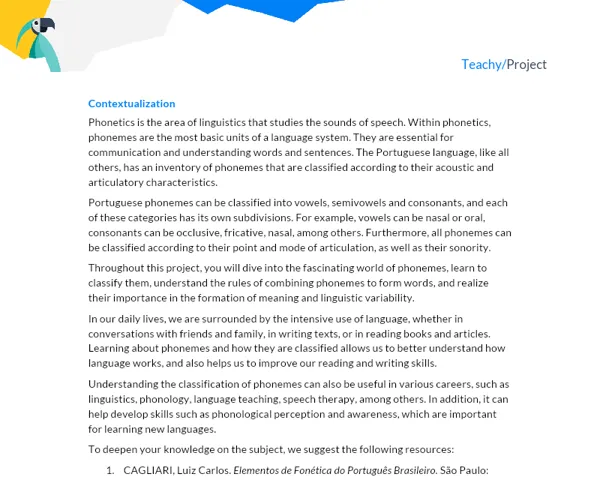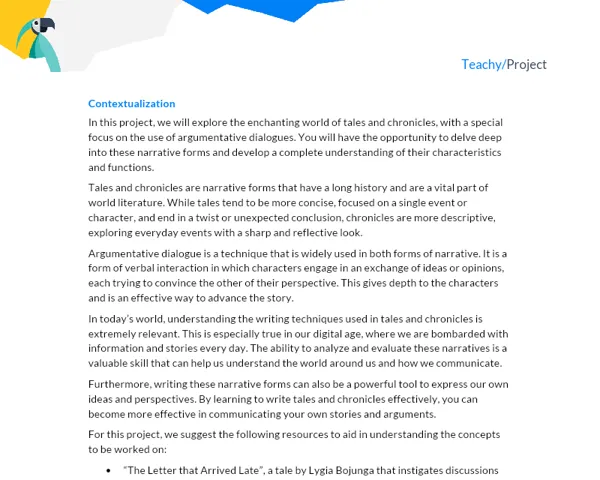Introduction
Getting Started
Hello there, young linguists and budding semioticians! Are you ready to dive into the fascinating world of words and signs? Linguistics and semiotics are two closely intertwined fields of study that help us unravel the intricate tapestry of human communication.
Linguistics investigates language, its elements, and its inner workings. It delves into how words come together to create meaningful units and how language evolves and adapts over time. It also examines how our cultural and social contexts shape the way we use and understand words.
Semiotics is the study of signs, those all-important elements that convey meaning beyond their literal selves. Road signs, emojis, gestures, and even scents—they all fall under the wide umbrella of semiotics. It helps us decipher how these non-verbal cues acquire significance and how we employ them to convey our ideas, emotions, and myriad other messages.
Making the Connection
Have you ever stopped and pondered how deeply embedded words and signs are in our daily lives? Chatting with your buddies, crafting a persuasive essay for school, or deciphering a traffic sign—each of these actions involves language and signs. They're like the threads that weave together the fabric of our interactions, helping us navigate the world and connect with others.
The beauty of exploring linguistics and semiotics lies not only in unraveling these theoretical concepts but also in their myriad applications in our daily lives. Take your essays and presentations, for instance. A good grasp of linguistic principles can help you choose the most impactful words and craft sentences with clarity and precision. And when you watch a captivating TV commercial, semiotics empowers you to understand how visual imagery, soundscapes, and persuasive language come together to shape your perception and choices.
So, are you ready to embark on an extraordinary journey into the realm of language and beyond? Let's unravel the secrets of effective communication and the power of signs that surround us.
Hands-on Activity
Activity Title: Exploring Linguistics and Semiotics in Our Real World
Project Goal:
This activity aims to provide an engaging and interactive way for students to explore the concepts of linguistics and semiotics. Through practical application, students will enhance their communication skills, foster collaboration and teamwork, develop critical thinking, and unleash their creativity.
Activity Description:
Students will work in groups of 3-5 to complete a comprehensive exploration. They'll begin by selecting a form of communication (an advertisement, comic strip, song, movie clip, gesture, etc.) to analyze its linguistic and semiotic elements. Next, they will create a mini dictionary defining these terms and providing real-world examples. Finally, each group will present their findings, fostering a rich discussion and knowledge exchange.
Materials Required:
- A4 papers or notebooks for jotting down ideas
- Pens, pencils, erasers
- Computer or mobile devices for research (if needed)
- Craft supplies for the dictionary (colorful papers, markers, glue, etc.)
Step-by-Step Instructions:
-
Form Groups: Divide the class into groups of 3-5 students.
-
Choose Communication Form: Each group selects a specific communication form for their analysis (advertisement, comic strip, song lyrics, movie clip, etc.).
-
Observation and Analysis: Students closely examine the chosen communication form and identify its linguistic (words, phrases, sentence structure) and semiotic (images, colors, gestures) components. They discuss within the group to determine the meaning and significance of these elements.
-
Dictionary Creation: Based on their analysis, students create a small dictionary of linguistic and semiotic terms. They define each term and provide examples from their chosen communication form to illustrate its usage.
-
Presentation Preparation: Each group prepares a short presentation to share their discoveries and present the dictionary they created. The aim is to explain what they learned about linguistics and semiotics through their analysis.
-
Presentation and Discussion: Groups take turns presenting their work to the class. Following the presentations, there's a dedicated time for questions, sharing insights, and reflecting on the collective learning experience.
Submission Format:
Students will submit the dictionary they created, along with a write-up summarizing their analysis and key learnings. Evaluation will be based on active class participation, the depth of their analysis, creativity reflected in their dictionaries, and the overall clarity and organization of their presentation.
Remember, the essence lies in exploring, collaborating, and having a great time while delving into the world of language and semiotics. Best of luck, budding linguists and semioticians!



